Do you have these Symptoms?
Carpal Tunnel Syndrome (CTS) is a condition that affects the hand and wrist, often caused by pressure on the median nerve as it passes through the carpal tunnel. The symptoms typically develop gradually and may include:
- Tingling or numbness: Most commonly in the thumb, index, middle, and part of the ring finger. This sensation can extend up the arm.
- Weakness in the hand: Difficulty gripping objects, buttoning clothes, or performing tasks requiring dexterity.
- Burning sensation: Sometimes experienced in the fingers or hand.
- Pain: Often in the wrist, palm, or forearm, which may worsen during sleep or repetitive movements.
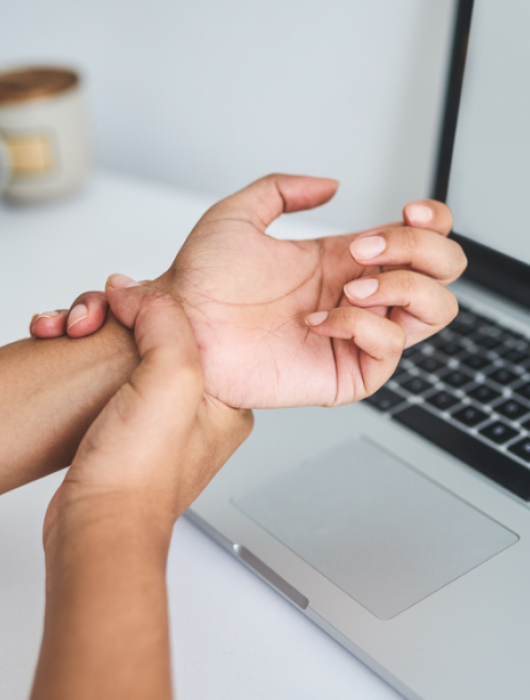
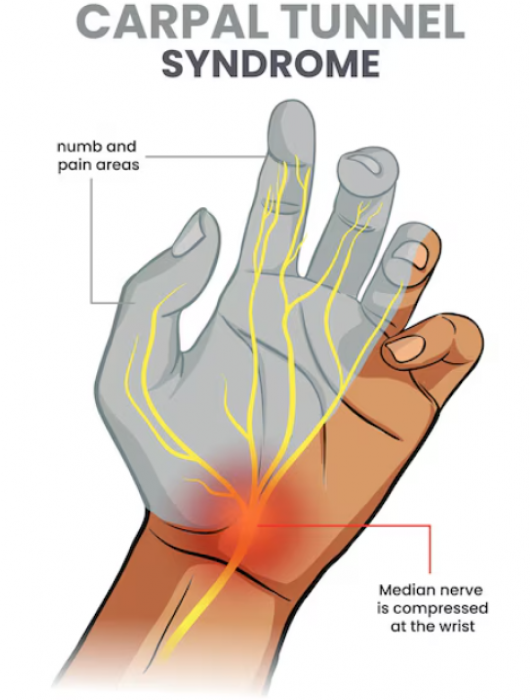
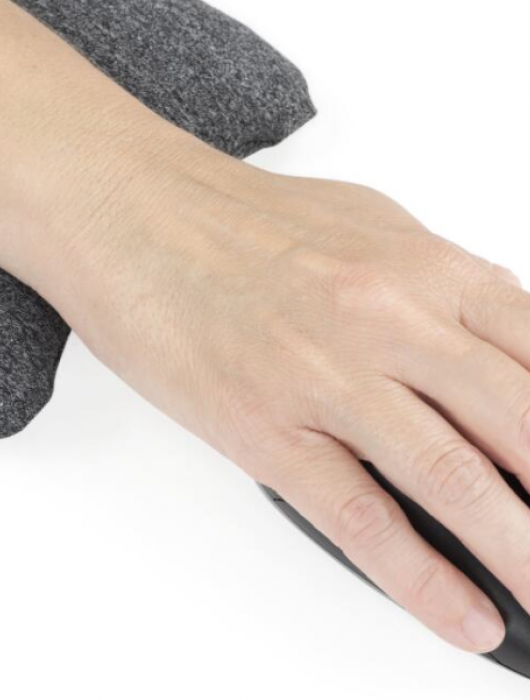
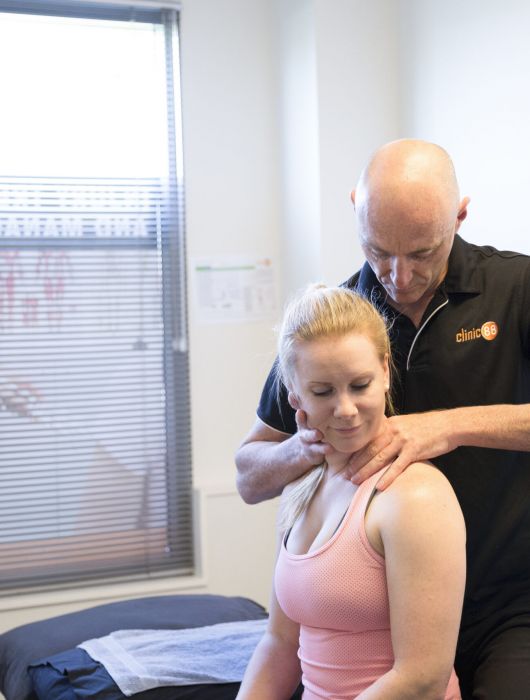
CTS occurs when the median nerve becomes compressed or irritated, usually at the Carpal Tunnel in the wrist, however it can be irritated anywhere from it’s origin about the neck, all the way through the shoulder region and upper and lower arm. Several factors may contribute to this nerve compression, including:
- Anatomy: A smaller carpal tunnel or abnormal wrist anatomy can increase the risk.
- Repetitive hand movements: Activities such as typing, knitting, or using tools can irritate the nerve over time.
- Underlying health conditions: Diabetes, rheumatoid arthritis, thyroid dysfunction, or fluid retention during pregnancy can exacerbate the condition.
- Injury: Wrist fractures or trauma may narrow the carpal tunnel space.
- Age and gender: CTS is more common in women and individuals above 40 years of age.
- Compression of the median nerve about the pronator teres (muscle in the forearm) or about the coracoid process (anterior shoulder), above the first rib or scalenes triangle (anterior neck muscles).
- Nerve root compression (from a disc protrusion) in the cervical spine (neck)
Treatment for CTS revolves around relieving pressure on the median nerve, improving mobility, and addressing inflammation. Manual therapy is an effective and non-invasive approach to managing symptoms.
Manual Therapy Options
- Massage therapy: Targeted massage techniques to reduce compression of the median nerve along it’s pathway (not just at the carpal tunnel), reduce swelling if present, improve circulation about the median nerve to improve nerve health, relieve trigger points in the forearm that may be mimicking carpal tunnel syndrome or creating tension in the wrist and forearm muscles.
- Stretching and mobilisation exercises: These are targeted at the mechanical interface to the median nerve (those structures that are assessed as causing compression of the nerve – from the neck to the forearm), as well as mobility exercises for the median nerve itself
- Myofascial release: This therapy involves applying sustained pressure to the connective tissues around the wrist to alleviate tightness and improve movement.
- Joint mobilisation: A skilled therapist can gently mobilise the wrist joints to improve alignment and reduce stress on the carpal tunnel. This will also be applied at the neck if this is deemed a component of your presenting signs and symptoms
- Trigger point therapy: By targeting specific points of tension within the muscles, our therapists can help alleviate pain caused by trigger point referral (that may be mimicking carpal tunnel syndrome. This can be achieved by hands on techniques or Myofascial Dry Needling
In addition to manual therapy, other treatments such as wrist splinting, corticosteroid injections, and surgical options may be considered for severe cases.
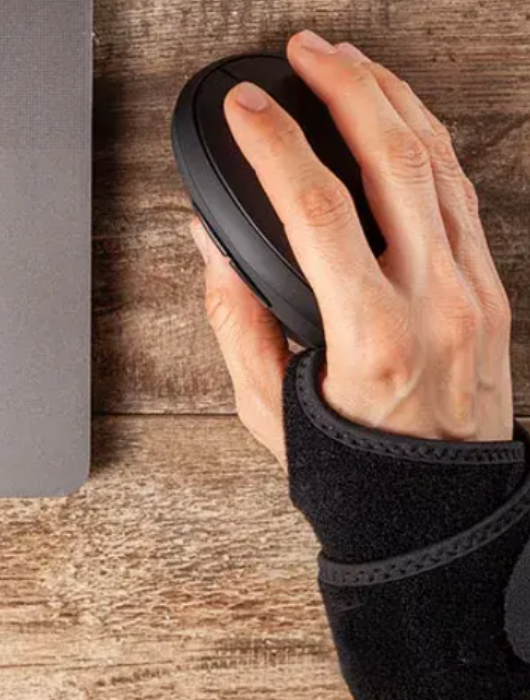

Why the Cervical Spine (neck) matters
The cervical spine, located in the neck region, plays a crucial role in the functioning of the median nerve, which extends from the spinal cord and passes through the carpal tunnel to the hand. Issues in the cervical spine, such as misalignment or nerve compression, can exacerbate symptoms of CTS or even mimic the condition.
Why the Cervical Spine Matters
- Nerve pathway integrity: The median nerve originates in the cervical (neck) spine. Any disruption along its pathway, from the neck to the wrist can cause wrist symptoms. Hence just focusing on the wrist may miss the cause of your symptoms
- Posture and ergonomics: Poor posture, particularly forward head posture, can strain the cervical spine and contribute to median nerve compression. A thorough assessment of postural issues must be a component of your carpal tunnel treatment protocol
Management Strategies for the Cervical Spine
- Neck and upper back joint alignment: Adjusting the position of the cervical and thoracic spine can alleviate nerve compression and restore proper function.
- Neck stretches and exercises: Strengthening and stretching the neck muscles can improve posture and reduce strain on the spine and therefore create relief for the median nerve
- Postural assessment and treatment/strength options is very important to alleviating median nerve irritation
- Global Approach: A comprehensive approach combining neck, posture and wrist therapy ensures the entire nerve pathway is treated.

Frequently Asked Questions
What are the first signs of Carpal Tunnel Syndrome?
Early signs include tingling or numbness in the thumb, index, and middle fingers, which may intensify at night.
Can Carpal Tunnel Syndrome heal on its own?
In mild cases, symptoms may improve with rest and lifestyle changes. However, untreated CTS can worsen over time.
Who is most at risk for CTS?
Individuals who perform repetitive hand movements or have underlying conditions like diabetes or arthritis are at greater risk.
How long does recovery take if I need surgery?
Recovery typically takes several weeks to months, depending on the individual and the severity of the condition.
Can CTS return after treatment?
While treatment is effective, recurrence can happen, especially if underlying causes or repetitive activities continue.
Is Carpal Tunnel Syndrome preventable?
Preventive measures include maintaining proper ergonomics, taking frequent breaks during repetitive tasks, focus on your posture and performing wrist exercises.
What kind of specialist should I consult if treatment isn’t helping?
A Neurologist is the most appropriate person to see. They are nerve specialists. We will refer you to a Neurologist if conservative treatment is not helping
Can pregnancy worsen CTS symptoms?
Yes, hormonal changes and fluid retention during pregnancy can exacerbate symptoms. These usually improve after childbirth.
What exercises can help alleviate CTS symptoms?
Stretching exercises for the wrist and fingers, such as wrist flexor stretches or hand-opening techniques, are commonly recommended to reduce tension. Nerve Glides for the median nerve to reduce any tethering of the nerve. Postural changes to reduce compression of the median nerve. Splints to reduce over night compression of the median nerve. Ergonomic changes at work or home.
How can workplace setup contribute to CTS?
Poor ergonomics, such as improper keyboard or mouse placement, can strain the wrists. Postural set up can cause compression of the median nerve at the neck or anterior shoulder. Adjusting desk height and using ergonomic tools can mitigate risks.
Can CTS impact both hands at the same time?
Yes, CTS can affect both hands, especially if repetitive tasks are performed equally with both hands.
How does the cervical spine contribute to CTS?
The cervical spine houses the median nerve roots, and any compression or injury in this area can exacerbate CTS symptoms. Maintaining cervical spine health is vital for comprehensive CTS management.
Can poor posture affect CTS?
Yes, poor posture, especially slouched or forward head posture, can increase strain on the cervical spine and median nerve, worsening CTS symptoms.
Clinic 88 and Carpal Tunnel Syndrome
We pride ourselves at Clinic 88 on our wholistic approach to treatment Carpal Tunnel Syndrome in Canberra. From thorough assessment to multiple treatment options to solid referrals when necessary.
See you at the Clinic!